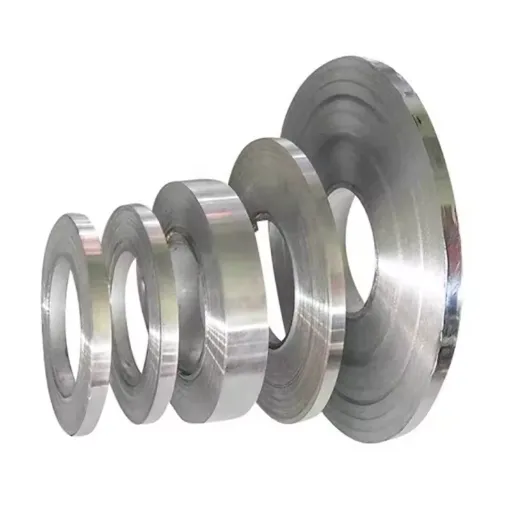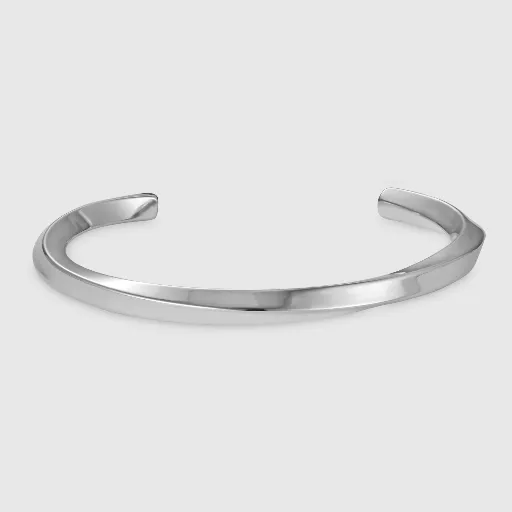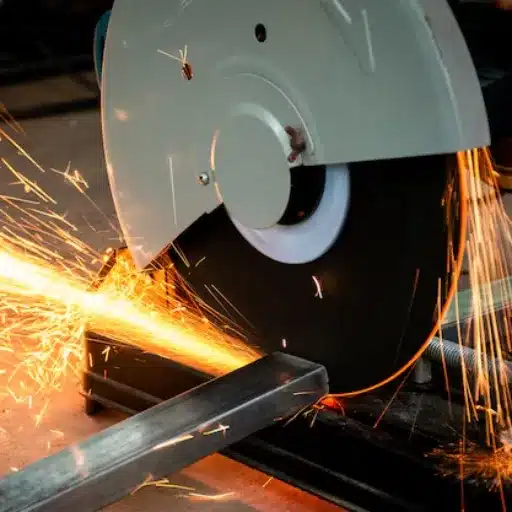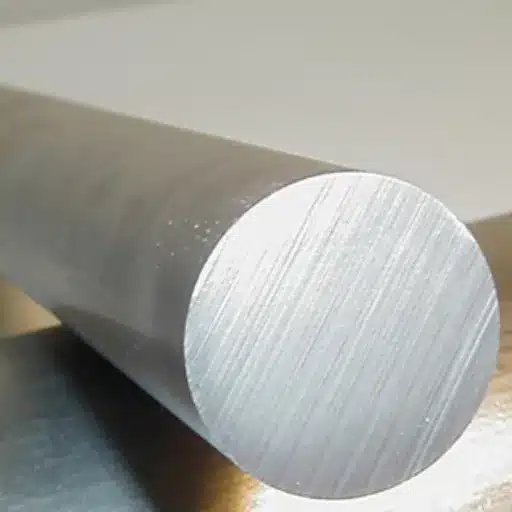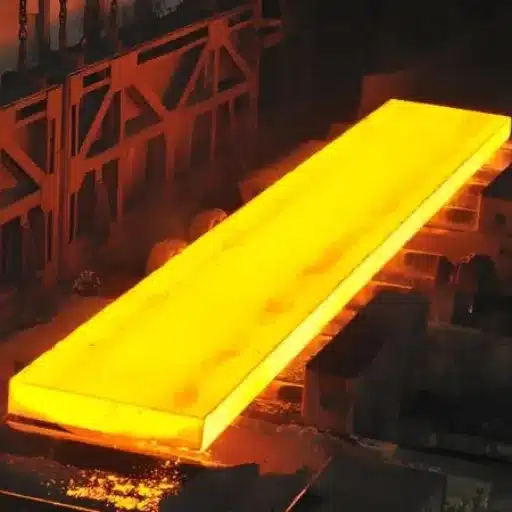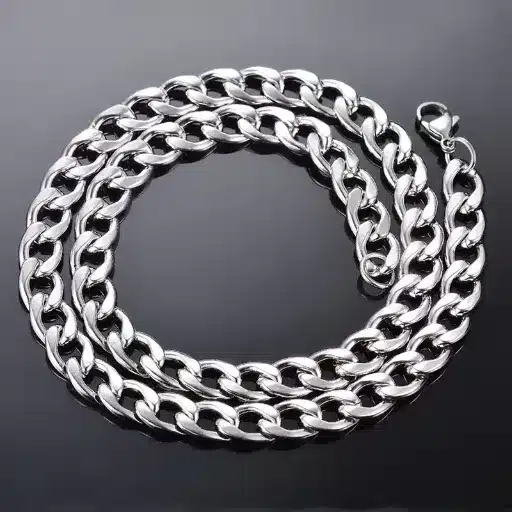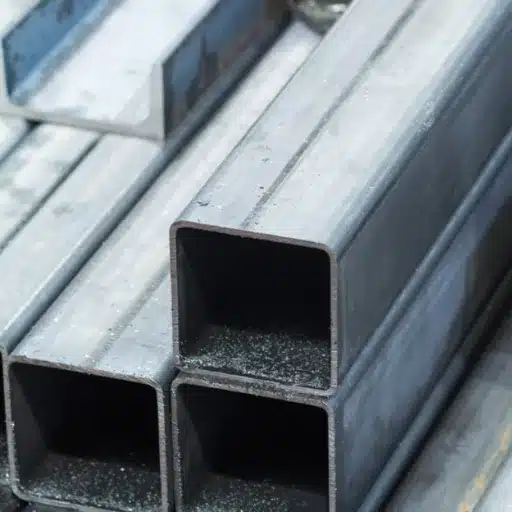Stainless steel maintains an enduring appeal through its combination of high durability and adaptability, with 436 Stainless Steel standing out as a particularly noteworthy grade. This ferritic stainless steel is heavily utilized in industrialized applications across sectors such as automotive industries and consumer technology. This comprehensive guide explores what makes 436 steel special, its role in China’s manufacturing landscape, and the key players involved in its production.
Key Industry Insight
China dominates global stainless steel production, accounting for over 50% of worldwide output as of 2023, with advanced manufacturing technologies ensuring world-standard quality certifications.
Understanding Stainless Steel Fundamentals
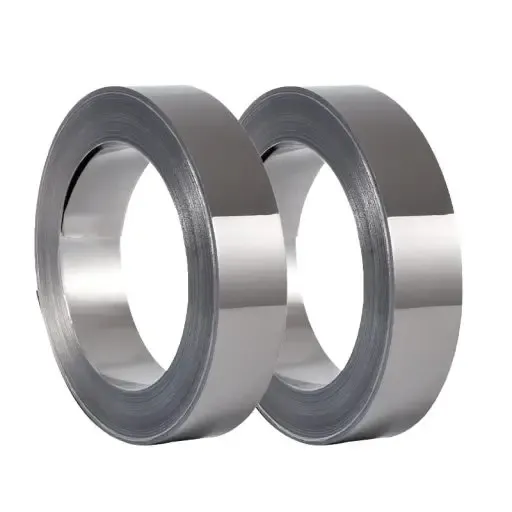
What Makes Stainless Steel Special
Stainless steel is an iron-based alloy containing carbon and a minimum of 10.5% chromium as its main building blocks. This composition creates a material with unmatched resistance against corrosion, offering maintenance-free features that make it integral to various industries including:
- Construction: Structural components and architectural elements
- Automotive: Exhaust systems and engine components
- Medical: Surgical instruments and medical devices
- Food Processing: Equipment and packaging applications
Additional elements like nickel, molybdenum, and manganese enhance the metal’s performance in areas such as durability, oxidation resistance, and flexibility.
Market Growth: The global demand for stainless steel is expected to grow at an average annual rate of 5.68% until 2028, according to industry reports.
Importance of Steel Grade Selection
Steel grades significantly impact the lifespan, performance, and safety of various applications. Grades are categorized based on:
- Intended use and application requirements
- Mechanical properties and strength characteristics
- Chemical composition and alloying elements
- Environmental resistance capabilities
Types of Stainless Steel
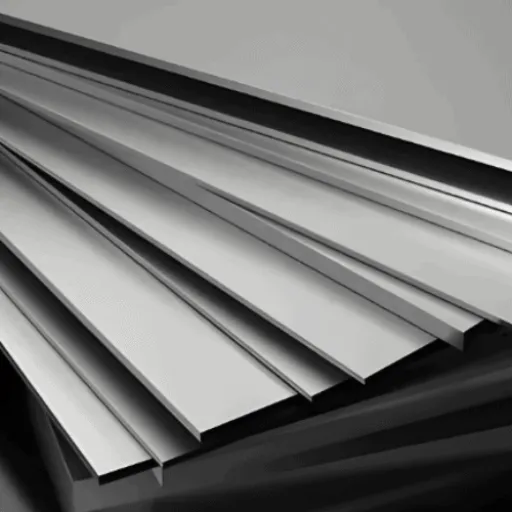
Ferritic Stainless Steel
Ferritic steel consists of iron and chromium with chromium content between 10.5% and 30%, and little to zero nickel content. This composition provides several advantages:
| Property | Benefit | Application |
|---|---|---|
| Corrosion Resistance | Good resistance to oxidation and general corrosion | Chemical plants, heat exchangers |
| Cost-Effectiveness | Lower cost than austenitic grades | Budget-conscious applications |
| Stress Corrosion Resistance | Excellent resistance to stress-induced cracking | Automotive exhaust systems |
| Magnetic Properties | Magnetic characteristics for specific applications | Kitchen appliances, construction |
Common ferritic grades include types 409 and 430, widely used in automotive exhaust systems and kitchen appliances. Advanced ferritic grades like 409 and 441 offer up to 30% carbon savings in production.
Austenitic Stainless Steel
Austenitic stainless steel represents approximately 70% of total stainless steel production and offers exceptional performance characteristics:
- Non-magnetic properties suitable for specialized applications
- Excellent formability for complex manufacturing processes
- High corrosion resistance in extreme environments
- Temperature resistance for high-heat applications
Grade 304 serves as the standard for food processing and general industrial use, while grade 316 provides enhanced resistance for marine and high-chloride environments.
China 436 Stainless Steel: Detailed Analysis
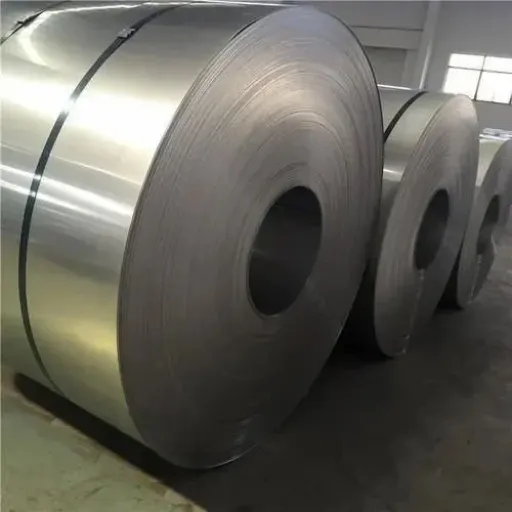
Mechanical Properties of 436 Stainless Steel
Grade 436 stainless steel is a ferritic grade specifically developed for high-temperature applications, offering excellent corrosion resistance and robust mechanical properties.
| Property | Value Range | Units | Significance |
|---|---|---|---|
| Tensile Strength | 415 – 540 | MPa (60-78 ksi) | Excellent resistance to high stress levels |
| Yield Strength | 275 | MPa (40 ksi) | Point where plastic deformation begins |
| Elongation | 20 – 30 | % | Moderate formability for manufacturing |
| Hardness (Brinell) | 160 – 200 | HB | Good wear resistance |
Enhanced Properties Through Processing
These properties can be significantly improved through proper processing techniques such as annealing and controlled heat treatment, making 436 stainless steel suitable for demanding applications.
Corrosion Resistance Characteristics
Grade 436 stainless steel demonstrates superior corrosion resistance compared to other ferritic grades due to several key factors:
- Niobium Content: The inclusion of columbium (niobium) enhances corrosion resistance
- Chloride Resistance: Exceptional resistance to pitting and crevice corrosion in marine environments
- Comparative Performance: Superior resistance compared to grade 430 in similar applications
- Service Life: Extended operational life in demanding industrial applications
Performance Advantage: Testing shows that 436 stainless steel maintains corrosion rates below acceptable limits even in the most demanding industrial applications.
Industrial Applications of 436 Stainless Steel
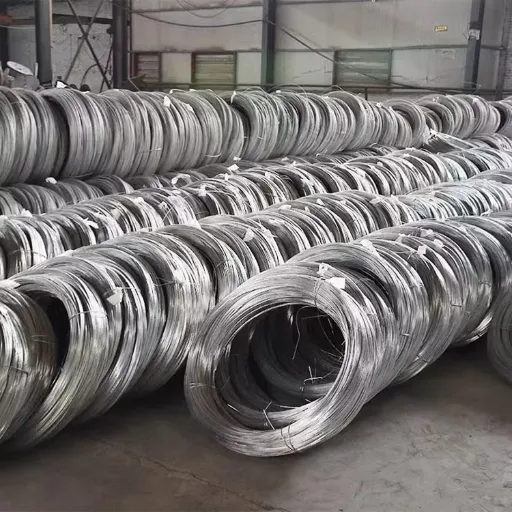
Automotive Industry Applications
436 stainless steel serves critical roles in automotive manufacturing:
| Component | Application | Key Benefit |
|---|---|---|
| Heat Pipes | Engine cooling systems | High-temperature corrosion resistance |
| Mufflers | Exhaust gas processing | Extended operational life |
| Catalytic Converters | Emission control systems | Cost reduction up to 20% |
Studies show that 436 ferritic stainless steel components are minimum 20% less expensive than alternatives while maintaining safety and performance standards.
Additional Industrial Applications
- Cutlery and Kitchenware:
- FDA-certified food storage containers
- Heat-treatment and cooling equipment
- 15-30% reduction in maintenance costs
- Architecture and Construction:
- Industrial roofing panels
- Decorative exterior components
- Enhanced oxidation resistance
- Power and Energy Production:
- Solar panel components
- Heat exchangers
- Combined cycle power systems
- Chemical and Petrochemical Industries:
- Storage tanks and piping systems
- Chemical transport applications
- Up to 30% longer operational life than carbon steel
Leading 436 Stainless Steel Manufacturers
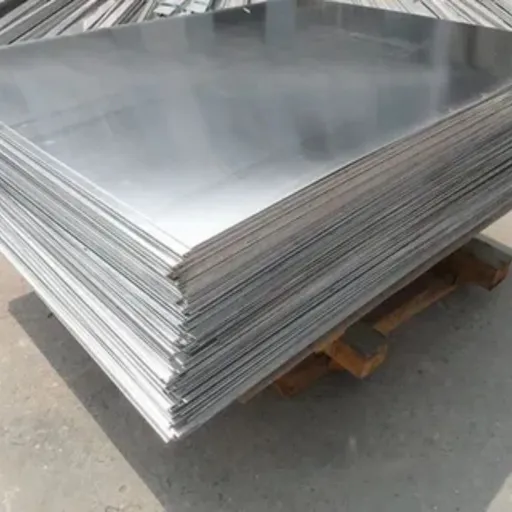
Recommended Global Manufacturers
Top-tier manufacturers for 436 stainless steel include AK Steel, Outokumpu, and Aperam, recognized for producing materials that meet stringent market requirements.
Chinese Manufacturing Leadership
China’s major stainless steel manufacturers have established global leadership through:
| Manufacturer | Annual Capacity | Key Strengths | Global Market Position |
|---|---|---|---|
| Tsingshan Holding Group | Over 10 million tonnes | Advanced technology, high volume capacity | Industry leader |
| Tisco (Taiyuan Iron & Steel) | Multi-million tonnes | Quality focus, technological advancement | Major player |
| Baosteel | Significant capacity | Innovation, customer service | Established leader |
Quality Certifications and Standards
Chinese stainless steel manufacturers maintain rigorous quality standards through multiple certifications:
- ISO 9001: Quality management systems
- ISO 14001: Environmental management systems
- ISO 45001: Occupational health and safety management
- ASTM International: US market compliance
- EU Standards: European market requirements
Quality Achievement: A 2022 survey indicates that more than 85% of large Chinese manufacturers have attained ISO certification, with defect rates not exceeding 1% for leading producers.
Advanced Quality Control Measures
Modern Chinese manufacturers employ sophisticated testing methods:
- Ultrasonic Testing: Internal defect detection
- Eddy Current Testing: Surface and near-surface flaw detection
- Spectral Analysis: Chemical composition verification
- Automated Production Systems: Robotics for consistent quality
Selecting the Right 436 Stainless Steel Manufacturer
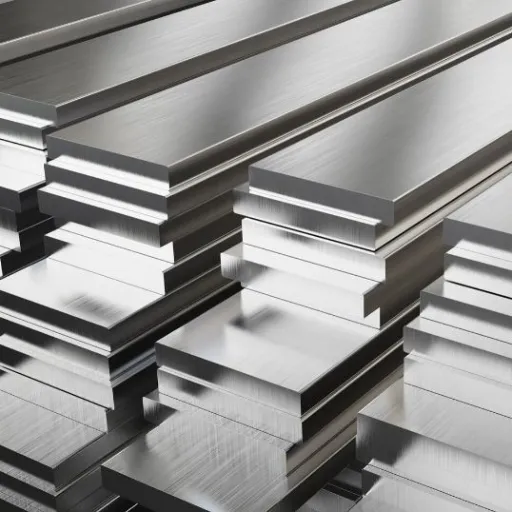
Key Selection Criteria
When choosing a manufacturer for 436 stainless steel components, consider these critical factors:
| Criteria | Importance | What to Look For |
|---|---|---|
| Certification Qualification | Critical | ISO 9001, ISO 14001, industry-specific certifications |
| Manufacturing Technology | High | Advanced equipment, automation, quality control systems |
| Company Reputation | High | Customer testimonials, successful project history |
| Production Capacity | Medium-High | Ability to meet volume requirements and deadlines |
Due Diligence Recommendations
Review customer testimonials and successful project case studies displayed on manufacturer websites. Partner with proven manufacturers to ensure your project meets global standards and achieves exceptional results.
Reference Sources
- Marlin Wire: Common Types of Stainless Steel
This article discusses Grade 436 stainless steel, highlighting its resistance to abrasion, magnetic properties, and typical applications such as automotive parts and appliance trims.
Source - Aoxing Metal: 436 Stainless Steel Coil
Aoxing Metal provides detailed information about Grade 436 stainless steel, emphasizing its corrosion and heat resistance properties, making it suitable for various industrial uses.
Source - MetalsCut4U: Types of Stainless Steel
This resource explains the applications of Grade 436 stainless steel, including its use in automotive exhaust systems and heat exchangers, due to its high corrosion resistance and strength.
Source
Frequently Asked Questions (FAQs)
How does 436 stainless steel exhibit quality characteristics?
436 stainless steel is distinguished by its corrosion resistance and magnetic properties. This ferritic stainless steel offers remarkable tensile strength and durability, making it suitable for demanding applications in the oil and gas sector. It provides superior strength and hardness compared to grade 430, essential for challenging environments.
How does grade 436 differ from other ferritic stainless steels?
Grade 436 contains higher chromium content compared to grade 430, providing enhanced resistance to harsh corrosive environments. This higher chromium content makes grade 436 significantly more resistant to rust and erosion than grade 430.
What is grade 436 stainless steel primarily used for?
436 stainless steel is primarily used in:
- Automobile exhaust systems and components
- Architectural design elements
- Food processing industry equipment
- Water processing systems
- Fastener manufacturing where strong mechanical properties are required
What category does 436 steel belong to?
436 stainless steel is classified under ferritic stainless steels, which offer moderate corrosion resistance and magnetic properties. Other steels in this category include grades 430 and 444, each utilized for applications requiring different levels of corrosion resistance and mechanical strength.
How does corrosion resistance compare between grade 436 and 304?
While both grades provide excellent corrosion resistance, grade 304 belongs to the austenitic steel group, offering higher resistance levels for more aggressive environments. Grade 436, being ferritic in nature, provides better magnetic properties, making it suitable for applications requiring magnetic characteristics.
What are the mechanical characteristics of 436 steel compared to martensitic steel?
436 steel maintains a stable, relatively soft structure compared to martensitic steels such as 410 and 420. Martensitic steels achieve hardened characteristics through heat treatment for enhanced strength and toughness, while 436 provides consistent stability without requiring such treatments.
Can 436 steel be hardened through processing?
Grade 436 steel cannot be hardened using conventional martensitic hardening methods. However, it can be strengthened through cold work processes at room temperature. Cold working redistributes the internal structure, increasing strength while maintaining corrosion resistance properties.
Summary: Why Choose 436 Stainless Steel
436 stainless steel offers an optimal combination of corrosion resistance, mechanical strength, and cost-effectiveness. With China leading global production and maintaining stringent quality standards, manufacturers can access high-quality 436 stainless steel that meets international specifications while providing competitive advantages across automotive, industrial, and architectural applications.

